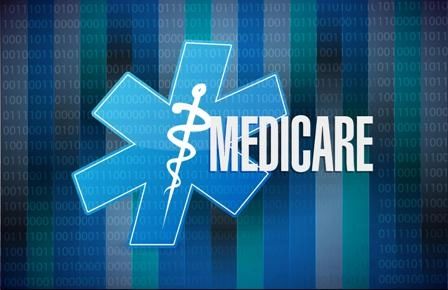Neurology & Pain Management Coding Alert
Look to 26, 54 When Coding for Partial Services
Do you know how to code for postop care only? There are times when, for various reasons, your provider might only perform a portion of a procedure or service for a patient. When this occurs, you might need help from a couple of modifiers. Which ones? Modifiers 26 or 54 are frequently used in these situations to show the payer that you are only coding for the services your practice performs. Check out our expert advice on best use of modifiers 26 (Professional component) and 54 (Surgical care only). Professional Component Only? Use 26 According to Kelly Dennis, CANPC, CHCA, CPC, CPC-I, owner of Perfect Office Solutions in Leesburg, Fla., “some procedures are a combination of both a physician component and a technical component. Using modifier 26 identifies the physician’s component. When a 26 modifier is reported, it reduces payment to just the physicians work, not the cost of the equipment.” This splitting of the service into professional and technical components happens often when your provider uses someone else’s facility/equipment. “It is used mostly in office or other outpatient facilities when the equipment is the property of the clinic or facility and not the physicians,” explains Suzan Hauptman, MPM, CPC, CEMC, CEDC, senior principal of ACE Med Group in Pittsburgh. For example, if a patient has a computed tomography (CT) scan in a hospital, “the facility would bill for the technical component of the test and the physician who reads and interprets the test, creating a report, will bill for the professional component; thus, the 26 modifier is need to demonstrate the split.” Example: A patient comes in for a visit, and after a low-level evaluation and management (E/M) visit, the provider sends the patient down the hall for an X-ray of her skull with five views. Once that is performed, the doctor does the official writing up of the report. On this claim, you’ll report 70260 (Radiologic examination, skull; complete, minimum of 4 views) for the X-ray with modifier 26 attached. “The technical component of actually capturing the views was done by the facility; and thus, they will bill that portion with a TC [Technical component…] modifier. The physician, on the other hand, will use the 26 modifier to illustrate his involvement in the service,” according to Hauptman. Use These Tips for 26 Success There are consequences for not using modifier 26 when appropriate, Hauptman warns. “You may get paid in full for a service you did not totally perform; or you may not get paid at all,” she says. You also need to mind the Office of Inspector General (OIG), “as it watches the professional services, and the 26 modifier, very carefully,” she continues. In order to ensure proper modifier 26 use, Hauptman encourages coders to follow these basic guidelines: Use 54 for Surgical Component Only Another instance where you would be coding only for a portion of the service involves surgeries, and modifier 54. Use 54 “when the physician provides only the surgical procedure — pre-op and intraoperative care — and another physician provides post-op care,” explains Catherine Brink, BS, CPC, CMM, president of Healthcare Resource Management in Spring Lake, N.J. There are several situations in which a coder might use modifier 54 — often involving people who don’t live in your area and won’t be around for postoperative care. Remember: A coder should only append modifier 54 to the procedure code when your provider reaches an agreement with the patient (and their payer) about providing surgical care only. The provider must know that the patient will obtain postoperative care elsewhere before taking on the surgery. With the 54 modifier, the rendering physician should be paid about 70 percent of the allowed relative value units (RVUs) for the code.

Related Articles
Neurology & Pain Management Coding Alert
- CMS Final Rule:
Welcome to 2022: Where the Conversion Rate Is Lower
No increase in pay for providers this year. As if 2021 wasn’t enough of a [...] - Diagnostic/Surgical Coding:
Get Details Right to Nail Discography/Decompression Dilemma
Remember, one is surgical, the other diagnostic. If you don’t know the difference between a [...] - Clip N Save:
Payer Policy Drives ICD-10 Codes for Discography, Disc Decompression
Remember to check with each payer for approved diagnoses. When your provider performs a discography [...] - Modifier Madness:
Look to 26, 54 When Coding for Partial Services
Do you know how to code for postop care only? There are times when, for [...] - You Be the Coder:
Go Deep for Full Skull Fracture Dx
Question: Encounter notes indicate that a patient suffered a fracture of the right medial orbital [...] - Reader Questions:
Make Sure You’re Straight on Modifier 25 Rules
Question: Have the modifier 25 rules changed now that the E/M guidelines are different? My co-worker [...] - Reader Questions:
Anatomy Crucial for Proper PET Scan Coding
Question: Notes indicate our provider performed ‘PET scan, whole body.’ I reported 78811 and 78812 [...] - Reader Questions:
Tab Differentials to Aid E/M Level Decision
Question: An established patient came to our office complaining of left-sided facial pain that began two [...] - Reader Questions:
Understand Differences Between New and Established Patients
Question: If a patient sees one physician in our practice, then one year later sees [...]




